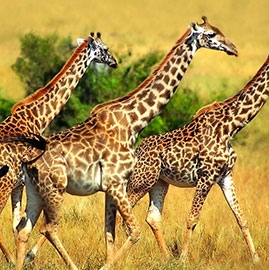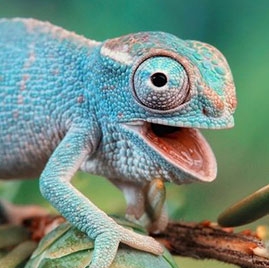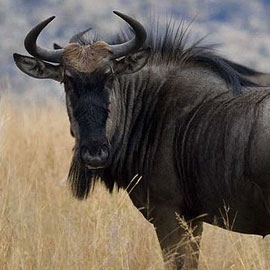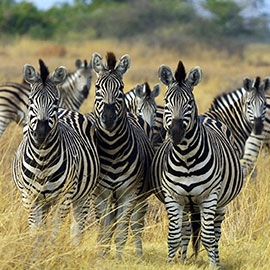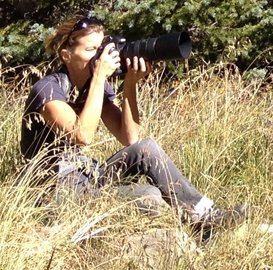Gorongosa National Park
Safari suitability: 7/10
Find your tourFour of the big five (no rhino). A wide range of wildlife as well as various options for safari expeditions.
What YAS members think
Highlights
- The landscape consists of savannah, grasslands and woodlands
- A range of wildlife can be found in the park, including lions, elephants, buffaloes, zebras, monkeys, hippos, crocodiles as well as over 400 bird species
- Visitors can choose from open game viewing drives, self game drives and a variety of different tours
- Visit the park during the dry season, which runs from April to November
About Gorongosa National Park
Located in the heart of central Mozambique, covering over 4,000 km² (1544 m²), Gorongosa National park lies at the southern end of the Great African Rift Valley. The valley is made up of a variety of different soil types, and frequent flooding and waterlogging have created a diverse range of ecosystems. Gorongosa National Park is mainly home to three types of vegetation – savanna, grasslands and woodlands – found throughout the entire park.
Wildlife of Gorongosa National Park
When Gorongosa National Park first opened over 50 years ago, it was the first of its kind in Mozambique. It was considered a safari mecca, containing some of the densest wildlife populations in all of Africa. However, during the civil war the number of large mammals was cut by 95% and the ecosystems were strained. In recent years, a restoration project funded by the Carr Foundation has been helping to renew the park and its game viewing. Due to these efforts Gorongosa National Park now has a range of wildlife including lions, elephants, buffaloes, zebras and monkeys. Hippos and crocodiles inhabit the park’s rivers and lake. Bird watching can also be plentiful with an estimated 400 species including the collared plum thrush, the green coucal and the spotted creeper calling the park their home.
Gorongosa offers private walking safaris, from comprehensive explorations of the park’s wilderness to special interest safari expeditions. There are also open game viewing drives, self game drives for those who prefer to drive their own vehicle and a variety of different tours offering visitors a taste of the beautiful landscape, including the Mount Gorongosa Waterfalls. Gorongosa National Park is fairly isolated, surrounded by rural areas and few villages. It is important for visitors to plan their trips carefully; however, the fact that it is somewhat off the beaten path makes it a wonderful wilderness destination.
When is the best time of year to visit Gorongosa National Park?
Although the park is open year-round, the climate varies. The dry season, which runs from April to November, is the best time for a safari. During the rainy months, from mid-December to mid-March, the roads used for expeditions are generally closed due to flooding. The summer months, running from November through March, average 30-40 C (86-104 F) with high humidity. The winter months, from April through September, average 15-25 C (59-77 F). June, July and August are Mozambique’s coolest months.
Sort by:
When planning a trip to Gorongosa National Park--a restored gem in the African safari experience--you have the option to hike Mount Gorongosa. I can't recommend this enough! We ended up spending 3 nights at one of our most spectacular campsites, with one of our days devoted to hiking the mountain. It seemed most visitors came through for just a day trip to view the waterfall - but it is really worth it to stay the night (or 3). The campsite is basic but sits on the top of a waterfall that flows year round. In the dry season, we were able to spend days swimming around a series of natural infinity pools that dot each level of the waterfall - of which there are many. There are great sunning rocks at every level of the falls which make for a perfect relaxation day after the climb. The climb up the mountain takes you first through a series of trails that connect the homes of the people that live in the foothills. Residents will happily point you on the right one to the main trail. From there, you enter a massive lush forest (lush even in the dry season) which provides welcome shade for the climb up. The final stretch is along the plateau at the top where you can choose from a series of smaller peaks to climb and explore, while looking out over the otherwise flat surroundings. Its stunning. The trail up is relatively straightforward to follow, and local guides are optional. They are a bit challenging to organize and so we didn't take one. The hike itself takes a full day--with an early start to beat the heat. It is possible to camp on the top as well. You'll need to bring all your supplies to camp here--they offer a cooking shelter over a fire pit and a drop toilet but that is about it. The water source is the falls. And expect visitors; local community members often stopped by to watch us. All in all, one of the best things I did in Moz! Certainly worth the add-on or detour.
My third safari was the Gorongosa National park at the southern end of the great African Rift valley in the heart of central Mozambique. After a long drive to the park we got there at around 6p.m and there is nothing better than a hot shower, a soft bed with fresh linens offered in the park accommodation area after along rugged drive. We got ourselves plenty of sleep to prepare for the next day which we were pretty excited about. At dawn we were up and ready for the game drive accompanied by qualified local safari guide we drove out into the bush just before sunrise as the golden rays streaming through the fever trees fell on us. By now the un tame wilderness was coming to life we saw huge troops of baboons cautiously leave the safety of trees to go play out in the savannah. We were lucky to see a pride of lions returning from a nights hunting mouths bloody, bellies bulging, flopping down in the shade to sleep it off this was breathtaking. On the drive we saw the Gorongosa elephants whose behavior I found interesting they walked in packs each pack consist of a family every family was led by the oldest, most wise female who led them back to the forest in the morning or leading them to water in the afternoon, which is the best time to see them. We also saw some unique creatures that are not found in most national parks, the Gorongosa crocs. The park has a lot of crocs, it is not known how many there are in total but probably thousands. They are mainly found in Lake Urema and the view of the large deadly creature up close is completely really amazing. The array of birds that you can see in Gorongosa is simply breathe taking. There are different bird species in this national park. Moreover, the park is renowned to be the home to one of a rare bird species found nowhere else in the world, the green headed oriole. Our last stop was a hike to the waterfall, this activity is offered by specific accommodations which are premium Bangalowa, standard Bungalows or campsites we were fortunate enough to be staying in the camp site and saved the best activity for last. The roar of water falling from peaks of mount Gorongosa and crashing all around you is deafening and the feeling is exhilarating. The experience was short lived and our tour in the spectacular national park was over. All in all Parting with 600$ was totally worth it.
Driving to Gorongosa National Park
The closest capital city is in Zimbabwe, but Harare is still at least eight hours away, in normal conditions. Maputu, Mozambique is around 15 hours away by car.
Domestic flights to Gorongosa
Mozambique Airlines offers direct flights a few times a week to two cities: Chimoio is about two hours from the park and Beira, which is about a three-hour drive to the park. The flights are 1h25 min and 1h10 min, respectively.
The following airlines travel to Gorongosa National Park

Bush & Lake Aviation is a newly established charter company offering flights from its Lilongwe base to destinations in Malawi and the adjacent regions. We offer a small team of dedicated pilots, engineers, and management with many years of experience in the aviation business. We fly directly to your destination making your connections possible and saving you the unnecessary frustrations of transfers - queues and delays Bush & Lake Aviation specializes in charters for leisure travel or business. Visit website
Also flies to:



Gorongosa map
Related articles
Latest photos
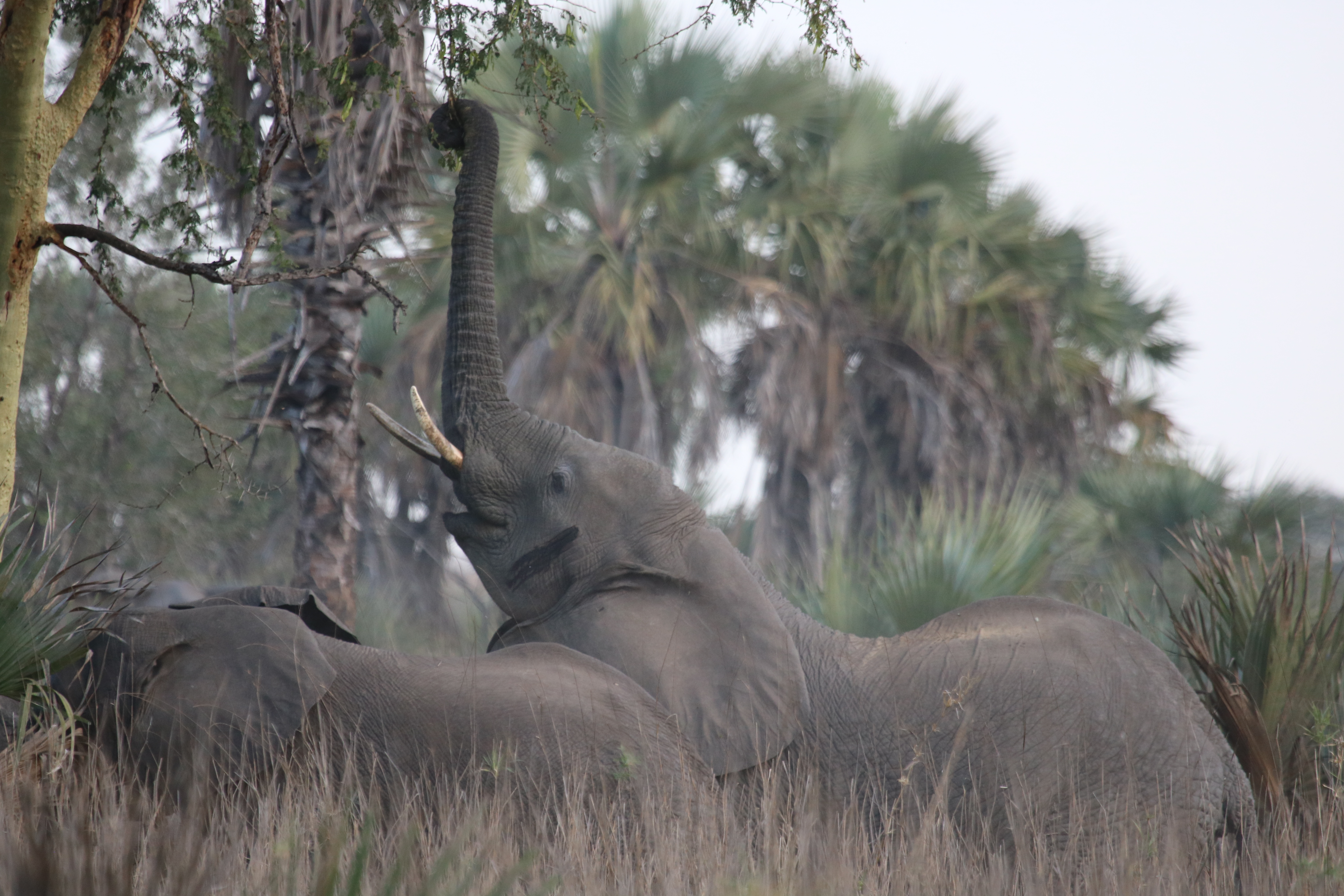


 Canada
Canada
 Kenya
Kenya



